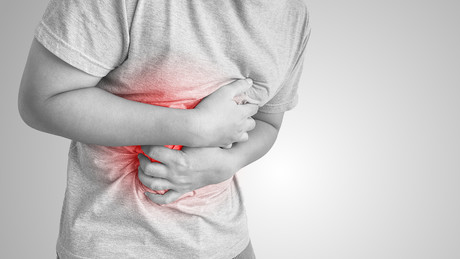Smartphones to become detectors for foodborne illnesses

Foodborne illnesses have received significant publicity recently, whether it’s Salmonella in infant formula or E. coli in flour. Researchers from Purdue University may have found a way to limit the prevalence of these outbreaks by turning smartphones into on-the-spot detectors.
The Food and Drug Administration estimates there are about 48 million cases of foodborne illness annually in the US, and the most recent to gain public attention was the deadly outbreak of E. coli O157:H7 linked to romaine lettuce. As of 8 May 2018, it has infected 172 people from 32 states and so far has caused one death in California.
A number of emerging technologies have investigated ways to deliver quicker and easier detection of these pathogens to ensure greater food safety. Using a downloadable app and a smartphone cradle, the new technology from Purdue researchers allows the phone to be used as an on-site luminometer, an instrument used to measure light.
Rinsing the lettuce or other produce with an enrichment liquid containing a modified phage, a virus for bacteria, would infect harmful foodborne bacteria, causing them to emit a light when a substrate is added. This light is detected by the smartphone’s camera through the app and a green dot appears on the screen. The researchers said the cradle on the phone maximises the photon collection by using diffusive reflection material to help capture a maximum amount of light, which may not be visible to the naked eye.

“This technology could be used on a farm or in a food processing factory to provide on-the-spot detection,” said Euiwon Bae, a Senior Research Scientist in the Purdue School of Mechanical Engineering, who developed the technology along with Bruce Applegate, a Professor in the Purdue Department of Food Science. “This rapid detection is critical for getting safe produce to consumers.”
While current detection methods require sending a physical sample off to the lab — which can take several days to return results — the smartphone technology and phage can test food samples much quicker.
Applegate, the developer of the phage technology, compared it to reprogramming a computer. He stated: “We take the technology and manipulate it to detect various harmful pathogens that are present.”
According to the researchers, the technology is not only useful in detecting strains of E. coli such as the one responsible for the US outbreak. It can also detect other foodborne pathogens that cause Listeria and Salmonella infection outbreaks, and contaminants in water.
The technology is commercialised by Phicrobe, a Purdue University-affiliated start-up founded by Applegate.
Six beverage trends predicted for 2026
Demand for customisation, 'protein-ification' and sustainable storytelling are some of...
Making UHT processing less intensive on energy
A nutritional beverages company was seeking a more sustainable way to produce UHT beverages using...
Tasty twist for chocolate alternatives
Food scientists develop two novel flavour-boosting techniques to transform carob pulp into a...











